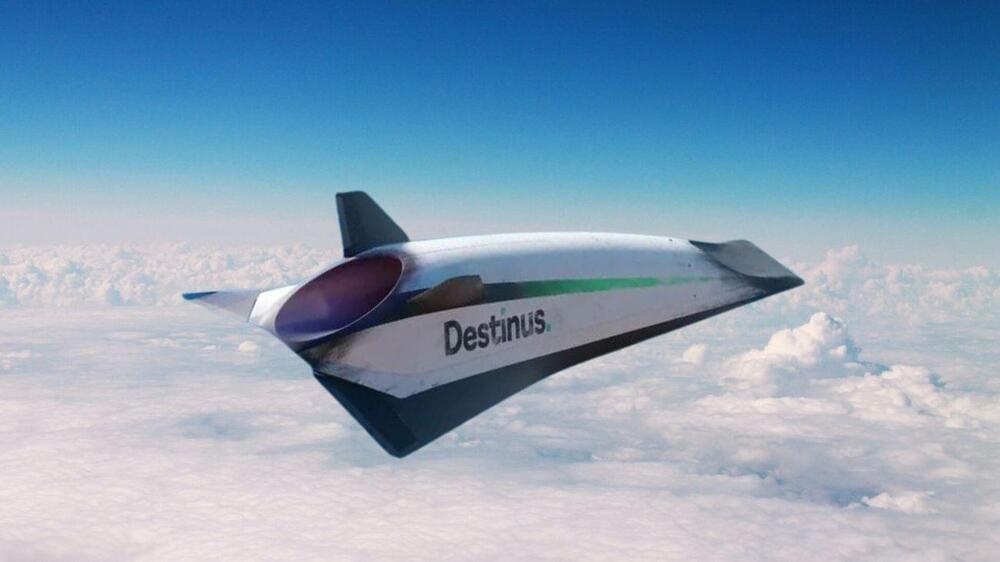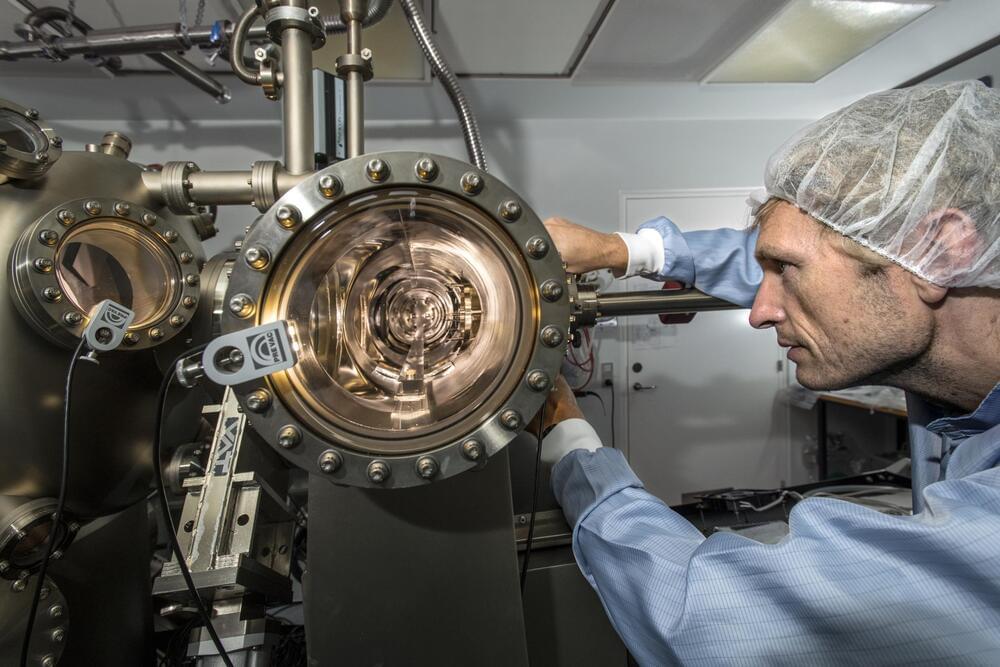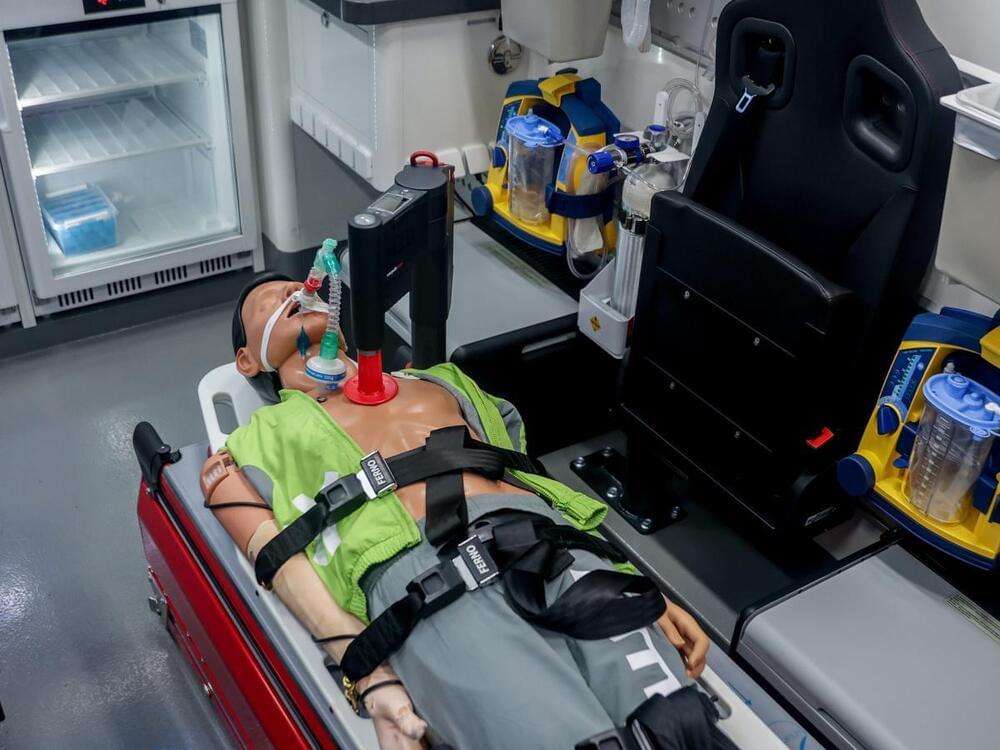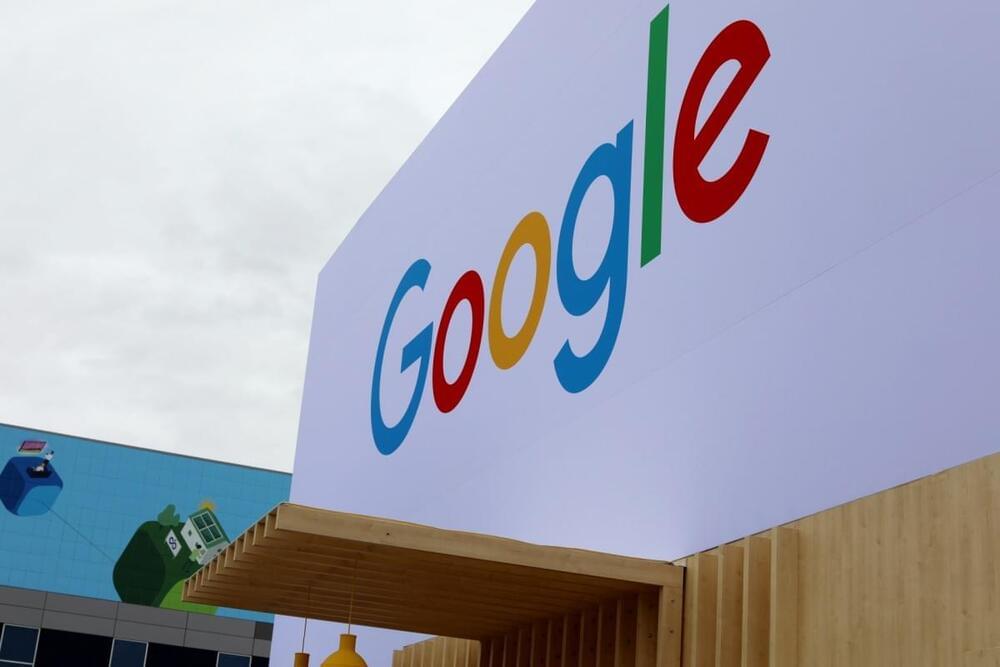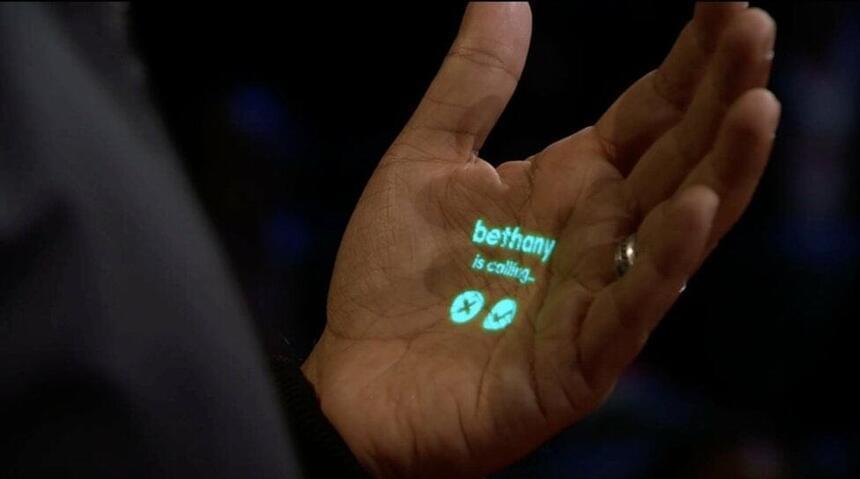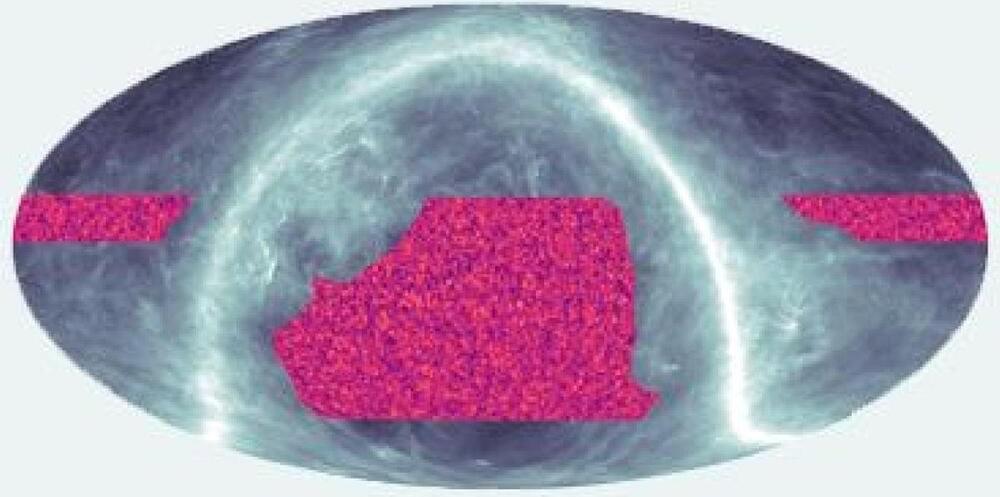Flying across the world from Europe to Australia currently takes around 20 hours in a regular passenger jet.
But Swiss startup Destinus is looking to slash that time to just four hours — by taking jet travel to hypersonic speeds.
Founded by Russian-born physicist and serial entrepreneur Mikhail Kokorich, Destinus is developing a prototype hydrogen-powered aircraft capable of travelling at Mach 5 and above. That’s five times the speed of sound: over 6,000 kph.
